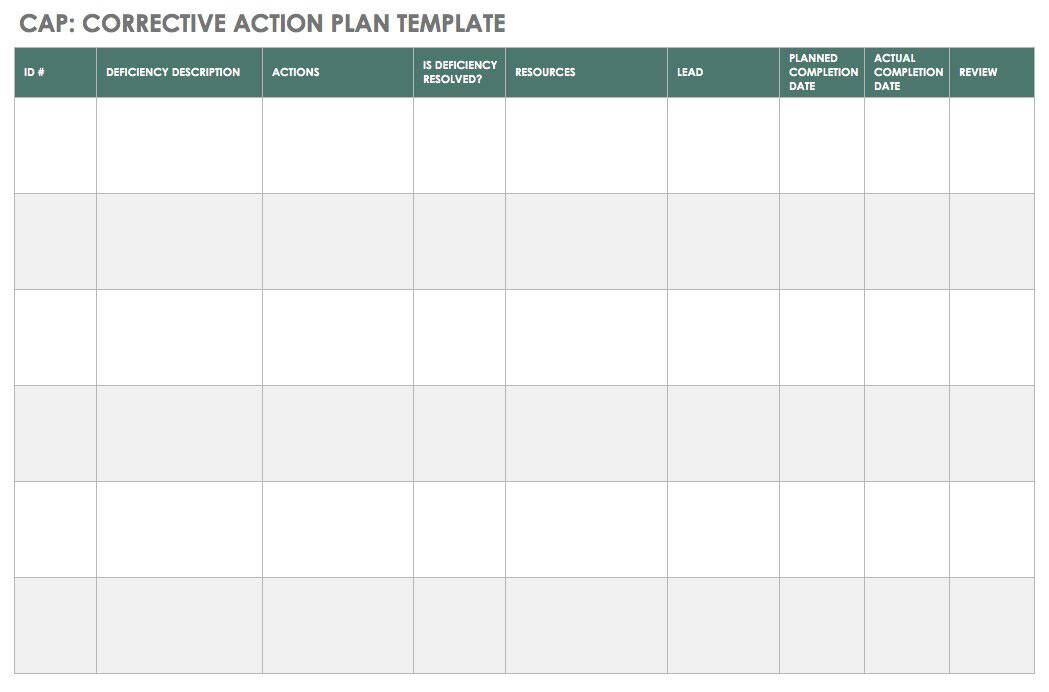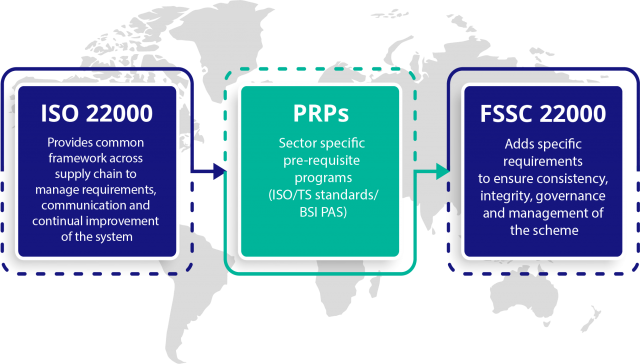A Healthy Plate
In this session, we looked at the concept of the balanced food plate, and then focused the discussion on fruit and vegetables.
That changes occur in the body as we age. For example, our skin becomes less efficient at absorbing vitamin D from the sun, we tend to experience muscle loss and our bones become less strong. This makes a healthy diet even more important, as we can mitigate some of these effects through our food choices.
There are 5 main food groups on the ‘eatwell plate’, those being: fruits and vegetables, fats and spreads, dairy and alternatives, protein and starchy carbs. Of all the food groups, fruits and vegetables is the largest portion.
Fruits and vegetables contain a variety of vitamins and minerals which are essential for good health. You may have heard the phrase: ‘eat the rainbow’ when it comes to fruit and veg. This is because each colour indicates different vitamins which they contain, so by eating a variety of colours you consume a variety of vitamins. What you may not have heard is that brightly coloured fruits and veggies (like oranges, beetroot, strawberries and broccoli) are the most dense in vitamins and minerals, so try to include these to get the most bang for your buck!
Some people say that canned and frozen fruits and vegetables aren’t as good as fresh, but this isn’t the case. They’re just as good, and also more convenient! And although lightly boiled/ steamed is the cooking choice that will keep most of the nutrients in vegetables, the best way to cook them is to your preference, as you’re more likely to eat and enjoy them that way.
Although ‘5 a day’ is commonly said to be the amount of portions we should be eating, 5 is actually the minimum amount we should consume for good health. Although this may seem like a lot, there are lots of ways you can incorporate more portions into each of your meals. Here’s a few ideas we came up with in the session:
1. Breakfast: fruit in porridge and cereal, carrot cake oats, eggs with spinach, glass of orange juice
2. Lunch: vegetable soups with vegetable scones for dipping
3. Dinner: roasted veg in sauce
4. Dessert: fruit salads, greek yogurt and fruit
5. Snacks: homemade hummus with vegetable sticks
Thank you ☺️









